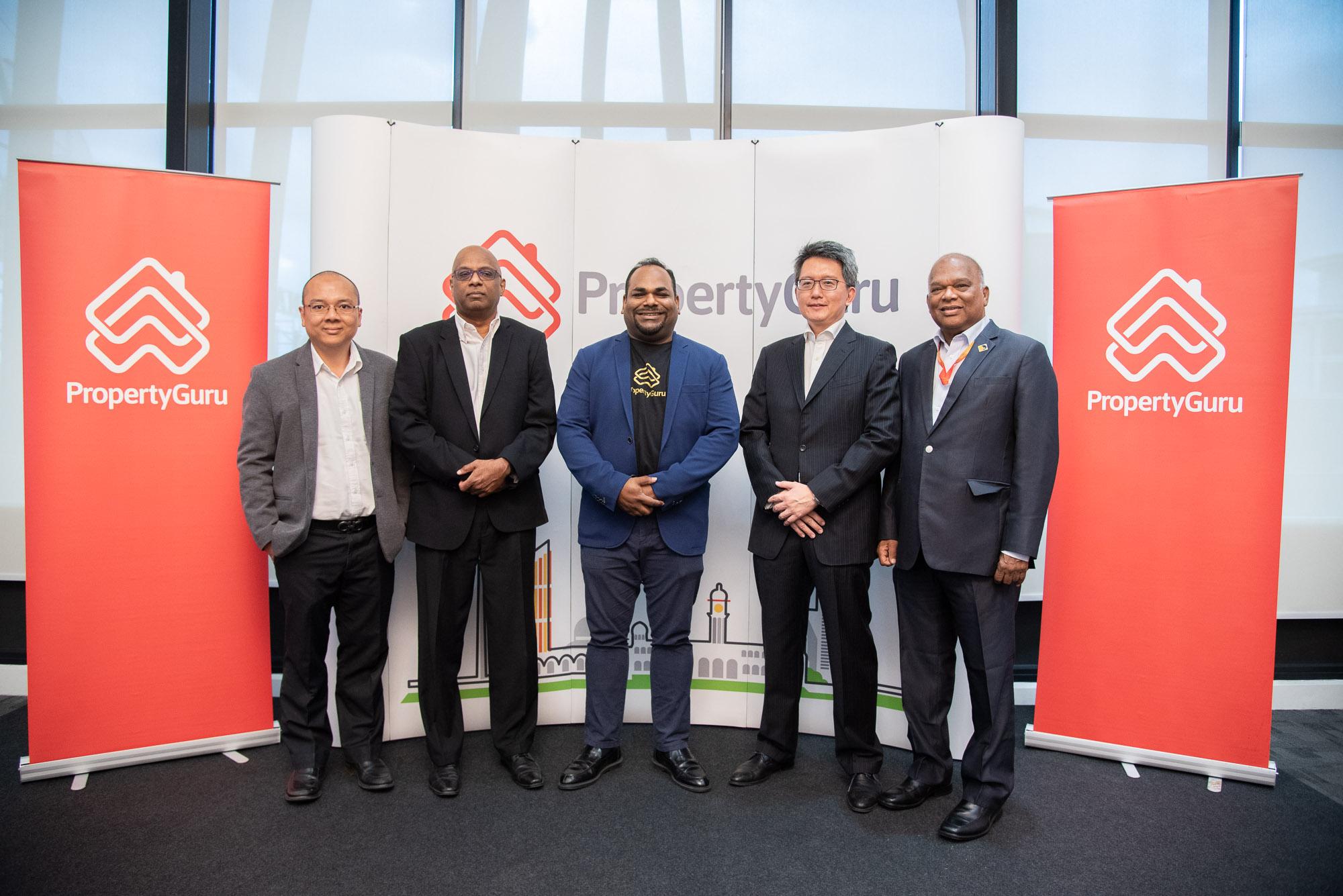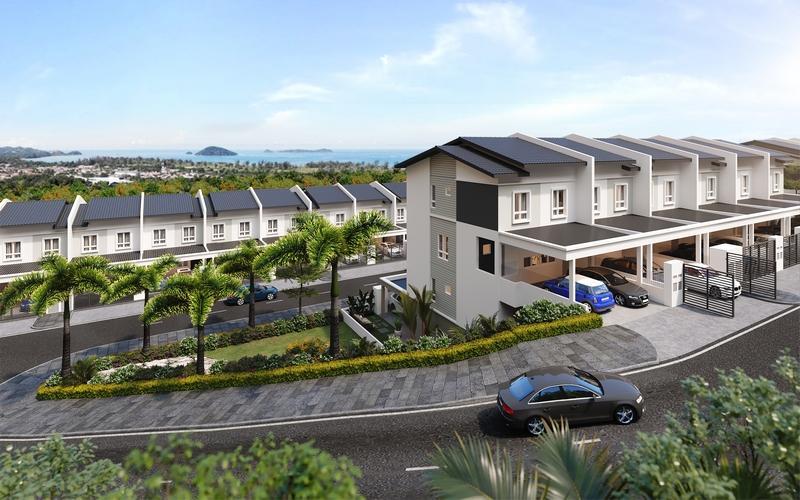The coming year resonates with meaning for Malaysians from every walk of life, with many growing up looking forward to it as a vision of promise and prosperity. With 2020 now around the corner, industry stakeholders and analysts can finally evaluate the shared vision of yesteryear against the realities of tomorrow.
With this in mind, as Southeast Asia’s leading property technology company and in line with its commitment to keeping consumers informed with the latest market insights and policy updates, PropertyGuru Malaysia has adopted a neutral outlook for property prospects in 2020, with glimmers of opportunity amid a trying market.
There have been targeted measures introduced in Budget 2020 to address specific issues in Malaysia's property landscape, along with scattered feel-good factors for the market, such as a positive interest rate environment. However, mixed internal and external economic indicators, including a global economic slowdown due to US-China trade tensions as well as volatility in the Ringgit, have hindered growth prospects moving forward.
Pushing new frontiers in property
“The year 2020 has been positioned as a landmark time for Malaysia, with targets for high-income status and economic self-sufficiency, including an equivalent gross domestic product (GDP) of RM920 billion in 1990 Ringgit terms – what would now be about RM1.81 trillion,” says Sheldon Fernandez, Country Manager, PropertyGuru Malaysia.
“With a GDP of RM1.45 trillion in 2018, we’re not too far off the mark. It’s undeniable that Malaysia has come a long way since the 1990s, and with Budget 2020’s focus on digital transformation, it looks like we’ll go even further. The Securities Commission has already registered the country’s first property crowdfunding platform, and other innovations are finding their way into the industry, increasing its diversity and resilience.”
Crowdfunding, rent-to-own (RTO) schemes, and financial eligibility tools such as PropertyGuru Loan Pre-Approval (www.PropertyGuru.com.my/preapproval) are solutions and alternative platforms introduced to address home ownership challenges faced by Malaysians. In particular, Budget 2020 has emphasised on RTO, with a financial backing of RM10 billion, including a RM3 billion guarantee by the government.
The RTO approach, in which purchasers can occupy a unit immediately with rental in lieu of a downpayment, is favoured by some industry analysts as it addresses the prohibitive upfront costs of home ownership for many home seekers. Others note that RTO schemes can incur significantly higher total costs compared to conventional mortgages.
While RTO terms and feasibility vary from programme to programme, numerous financial institutions and developers have already adopted the approach, including Malayan Banking Bhd (Maybank) and Gamuda Land Sdn Bhd.
Other alternative housing strategies in Malaysia include micro-housing and co-ownership. There is no single definition of micro-housing; however, it generally includes compact living spaces and communal living elements.
Micro-housing was piloted by Kuala Lumpur City Hall (DBKL) earlier this year for youths in the B40 segment at Jalan Tuanku Abdul Rahman, and is also being explored for University of Malaya students in association with the Malaysian Institute of Architects (PAM).
Meanwhile, co-ownership is the practice of combining income to jointly purchase property, and is seeing popularity as a solution due to affordability concerns. The proliferation of these solutions illustrate how the property purchasing journey is evolving with time in Malaysia, as we move into 2020.
Home ownership: a contemporary dilemma
However, the need for these alternative solutions also underscores the ongoing issues facing domestic property, and these issues are set to continue into the next year. Affordability, supply-demand imbalances in the market and loan financing remain key challenges.
With regard to loan financing, for example, Bank Negara Malaysia (BNM) has seen an uptick in defaults from 2018 through 2019, particularly among those with variable income and those with properties worth more than RM500,000.
“These issues are not limited to the Malaysian property market, and are a product of increasing population pressure and decreasing land availability in urban hotspots. As more purchasers compete for fewer properties, prices are driven up, with developers catering to segments with higher profit margins,” says Fernandez.
In Malaysia, these trends are underscored by perceptions of income stagnation and rising costs of living. The Department of Statistics Malaysia’s (DOSM’s) most recent Household Income and Basic Amenities Survey reported the median monthly income in the country as RM5,228 in 2016, growing at a rate of 6.6% per annum.
The Consumer Price Index (CPI), meanwhile, has grown at an average of 2.5% year-on-year (YoY), with an increase of 1.1% YoY in October. The disconnect between real and perceived inflation is explained by BNM as a function of frequency and memory bias.
Regardless, with the benchmark for affordability set by US-based consultancy Demographia International as three times the annual household income, this means that the price ceiling for affordable housing was about RM188,208 in 2016. Today, this figure has been reported at RM282,000, while the average price for newly launched houses was RM417,262.

.jpeg)
_PH_Banner_(Desktop)(1200x180px).png)






.jpg)
.jpg)
.png)


.jpeg)
